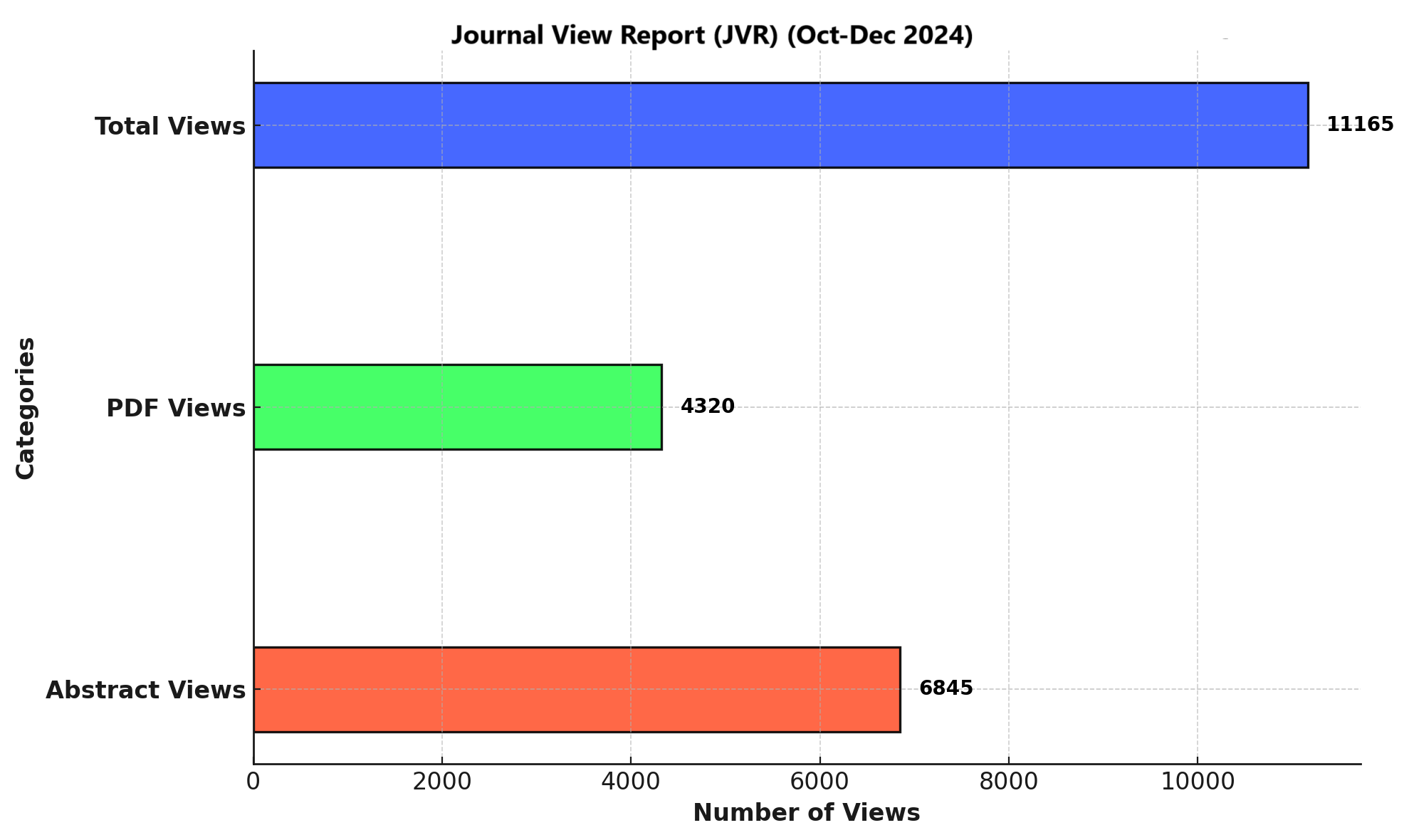OUTCOMES OF PRETERM NEONATES WITH RESPIRATORY DISTRESS SYNDROME USING EARLY NON-INVASIVE VENTILATION
DOI:
https://doi.org/10.71000/ijhr59Keywords:
Bronchopulmonary Dysplasia, Early Non-Invasive Ventilation, Necrotizing Enterocolitis, Patent Ductus Arteriosus, Premature Delivery, Respiratory Distress Syndrome, Surfactant TherapyAbstract
Background: Premature neonates are highly susceptible to respiratory distress syndrome (RDS), requiring advanced interventions like non-invasive ventilation to manage their condition effectively. This study investigates the application of early continuous positive airway pressure (CPAP) to manage RDS in preterm neonates, focusing on associated outcomes and predictive factors for success or failure of the therapy.
Objective: The objective current study is to assess the frequency of outcomes linked with early non-invasive ventilation in preterm neonates with RDS. Secondary objective is to evaluate the impact of various factors on the success or failure of early non-invasive ventilation in these patients.
Methods: A nested case-control study was conducted at the Department of Pediatrics, Combined Military Hospital, Kharian, from October 2022 to September 2023, involving 75 premature neonates with RDS. Exclusion criteria included neonates requiring intubation at birth or those with major congenital anomalies. All subjects were treated with CPAP and surfactant and monitored for 28 days for the necessity of mechanical ventilation and the emergence of complications.
Results: CPAP therapy failed in 13 (17.3%) neonates. Complications included bronchopulmonary dysplasia in 14 (18.7%) patients, patent ductus arteriosus in 15 (20.0%), air-leak syndromes in 5 (6.7%), and necrotizing enterocolitis in 3 (4.0%). The mortality rate was 17.3%. Neonates born at less than 30 weeks of gestation, those with a low birth weight, or severe RDS showed significantly higher odds of CPAP failure.
Conclusion: Early CPAP provides a critical non-invasive ventilation strategy in the management of RDS in preterm neonates, although it is associated with substantial failure rates and complications. Identifying predictive factors for CPAP outcomes can guide clinical interventions and improve neonatal care.
Downloads
Published
Issue
Section
License
Copyright (c) 2024 Anum Pervaiz, Talal Waqar, Muhammad Tariq Nadeem, Iqra Irfan, Muhammad Ali Zia, Adeel Mehmood (Author)

This work is licensed under a Creative Commons Attribution-NonCommercial-NoDerivatives 4.0 International License.







